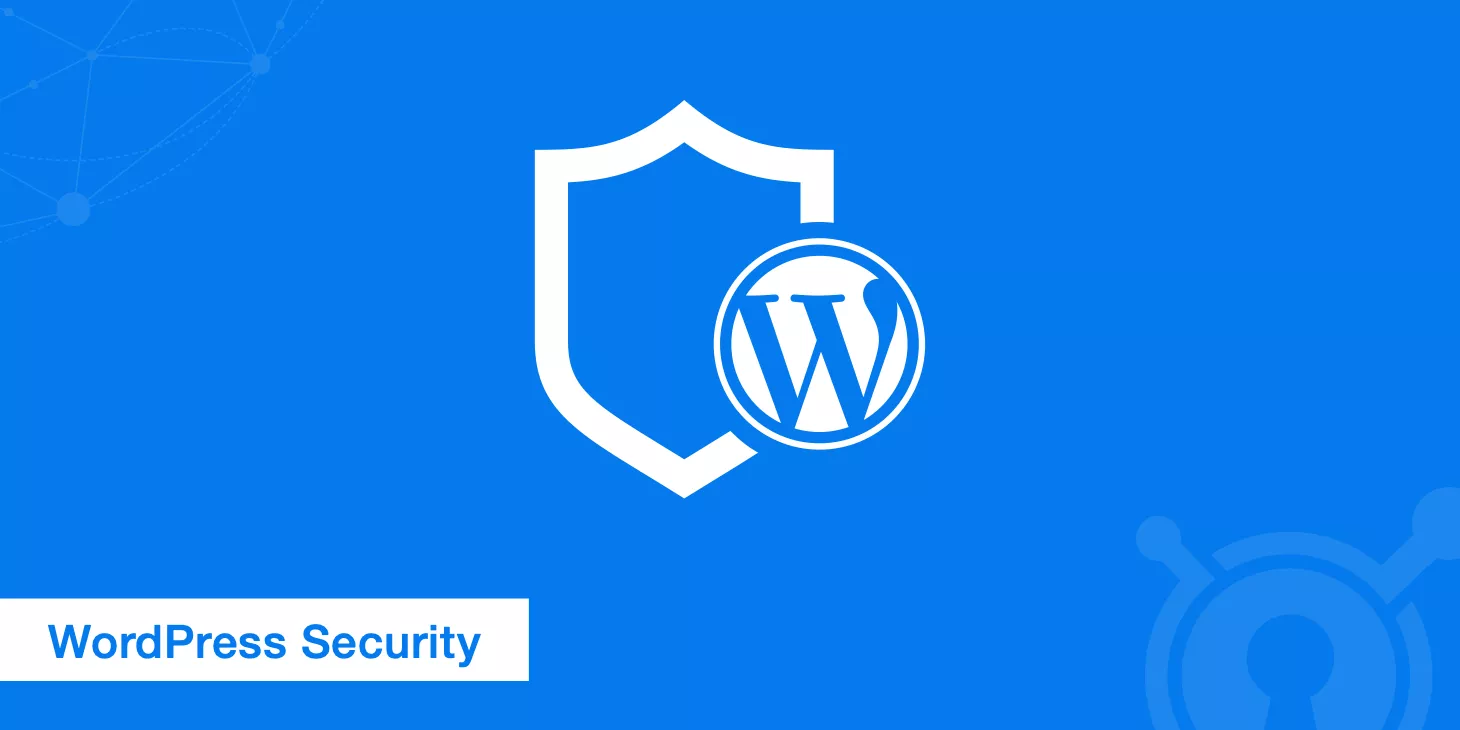When the average time on page drops below 30 seconds, many marketers fall into “editing anxiety.”
But the real issue isn’t the time itself — it’s decoding the user behavior behind the data.
- Are users bouncing because the page is slow to load?
- Is there a mismatch between content and search intent?
- Or is the layout subconsciously pushing users away?

Table of Contens
ToggleDon’t rush to delete
Seeing an average time of 30 seconds, many people jump to blame “bad content” or “lack of interest.”
But maybe users ran into loading issues right after clicking in, or felt misled by clickbait titles, or simply closed the page because of messy layout.
Randomly deleting a page might kill a potential traffic source, and blindly rewriting it might just make things worse.
4 Real Reasons Why Users Bounce Instantly
- Check load speed: Use PageSpeed Insights — pages that take more than 3 seconds to load will lose 50% of users instantly
- Audit traffic quality: Compare ad keywords with page content (e.g., user searches for “budget face masks” but lands on a luxury brand page)
- Reconstruct user behavior: Use heatmaps to see if users are stuck on the first screen (scroll rate below 10% = content disconnect)
- Check device compatibility: Layout breaks on Android? Use BrowserStack to test fast
Industry Benchmarks
- E-commerce product page: 1 min 10 sec | News/blog article: 2 min 15 sec
- Bounce Rate alert: Mobile >75%, Desktop >60% = needs urgent review
Tools & Tips
- Pinpoint load issues: Use “Lighthouse” in Chrome DevTools for waterfall analysis
- Spot traffic mismatches: Use Google Analytics to compare landing pages with search terms
- Check if layout drives users away: Insert 3 random “exit intent” pop-ups — if triggered >40%, the content likely lacks appeal
Decision Flow
- Time on page <30 sec + load time>3 sec → Prioritize tech fixes
- Time on page <30 sec + Relevant keywords → Rework content structure
- Time on page <30 sec + Normal metrics → Run A/B tests
Is this page still worth fixing?
Seeing a 30-second time might make you think the page is hopeless.
But some pages, while short in stay time, attract highly targeted traffic. Others might look weak in data, but actually serve as key conversion bridges.
1. Check Traffic Quality: Organic Share Tells Everything
Look at organic traffic ratio: Check “Source/Medium” in Google Analytics
- ≥30%: Keep and optimize (means search engines see value)
- ≤10%: Consider merging into other content
Spot long-tail keyword value: Enter URL in Ahrefs, filter keywords with “Traffic value >50 and Difficulty <20”
- If 3+ found: Optimize content based on them
- No good results: Rewrite or delete
2. Track Conversions: Is This a Key Middle Page?
Check user paths: Use Hotjar’s “User Recordings” feature
- Scenario 1: 60% users move from this page to purchase → Keep and boost buying cues
- Scenario 2: 90% users bounce → Add more internal content links
Evaluate traffic value: Set up “goal paths” in Google Analytics
- If page drives >10% conversions, don’t delete it
3. Content Uniqueness: Exclusive Info Never Goes Out of Style
Check originality: Scan with Originality.ai
- Originality >85%: Prioritize rewriting, not deleting
- Originality <50%: Rewrite or merge with others
Covering topic gaps: Use SEMrush’s Topic Research tool
- If it uniquely covers “X method + X case study” — keep and add video explanation
- If it’s highly similar to competitor pages — merge into a hub page
4. Final Decision Tree
Organic traffic >30% + High originality → Change headline and hooks
Organic traffic >30% + Low originality → Rewrite first 3 screens
Organic traffic <10% + No conversion → 301 redirect to category page
Organic traffic <10% + Unique info → Turn into a downloadable PDF white paper5 Tricks to Instantly Boost Time on Page
Most marketers, when trying to improve time on page, just dump more content in — which only makes users leave faster.
The real game-changer is using "behavioral design" to keep people hooked—just like how TV shows drop cliffhangers right before the ads.
1. First 3 Screens Hook: Win or Lose in 7 Seconds
- Lead with the Problem: Your opening screen must feature the user's search term (e.g., bold "How to lose 5 pounds in 3 days").
- Solution Preview: Use symbols to layer info (e.g., “√ 3 meal plan templates | × 2 common mistakes”).
- Tool Check: Use Hotjar heatmaps to track eye focus—no hot zone on the first screen? Rewrite it now.
2. Progress Bar Cues: Hack Time Perception
- How to Do It: Add a scroll progress bar on the sidebar (WordPress plugin: Reading Progress).
- Data Says: Every 10% scroll moves boosts reading continuation by 23%.
- Sneaky Upgrade: Replace raw percentages with something like “85% of users finished this part.”
3. Related Question Popup: Interrupt to Retain
- Trigger Rule: When the mouse moves to the close button, pop up “Still curious about...” + 3 related questions.
- Content Formula: 2 pain-point related questions + 1 counter-intuitive one (e.g., “Why does running make your legs bigger?”).
- Real Example: One fitness site saw 37% popup click-through rate, 70% increase in time on page.
4. Interactive Quiz: Get Users Involved
- Where to Add: Drop a “Test your XX level” quiz around the 1200px scroll height.
- Design Tip: Give dramatically different results for each option (e.g., Pick A = “Natural talent,” Pick B = “Untapped potential”).
- Tool Tip: Use Typeform to embed quizzes—completion rate is 3x higher than plain text.
5. Lazy-Loaded Comments: Numbers Spark Curiosity
- What They See First: Show “326 people have shared their experiences” + a translucent loading bar.
- How It Works: Once users scroll past 70% of the page, load top 3 upvoted comments automatically.
- Performance Boost: Hidden comment zones = 48s average stay | Lazy-loaded version = 82s
These Design Details Are Chasing Users Away
People won’t tell you why they bounce—but the data will. All those carefully styled dark backgrounds, full-width paragraphs, and tidy blocks of pure text might actually be silently driving them away.
The scary part? These designs often follow “best practices,” but ignore how real humans actually read.
1. Paragraph Width Over 600px: You're Causing Eye Fatigue
- The Proof: Eye tracking studies show paragraph widths over 600px increase eye movement by 47%, slowing reading speed by 30%.
- Quick Check: Use the Chrome plugin “Page Ruler” to measure your paragraph width.
- Quick Fix: Add
max-width: 58chin your CSS (58 characters per line is optimal).
2. Over 5 Screens of Plain Text: Brain Just Tunes Out
- Brain Science: After 5 screens of pure text (around 1,500 words), users’ info intake drops by 62%.
- Smart Fix: Drop an infographic (like a flowchart or comparison table) every 3 screens using Visme.
- Lazy Hack: Break up long chunks with “❗️Remember this:” to highlight the key takeaway.
3. Dark Backgrounds: The Silent Engagement Killer
- The Data: White text on black background cuts reading completion rates by 56% compared to black text on white.
- Safe Colors:
- Body background:
#f8f9fa(light gray-white) - Highlight blocks:
#fff3cd(amber warning color)
- Body background:
- When It’s Okay: Deep backgrounds work for code demos or design galleries.
4. No Anchor Menu: Long Pages = Lost Users
- User Struggle: 78% of users start looking for a menu after scrolling for 7 seconds (NNGroup eye-tracking study).
- SEO-Friendly Option: Auto-generate anchor links with H2 tags using the WordPress plugin Easy Table of Contents.
- Smart UX: Make your floating TOC fade slightly when scrolling, but darken on hover.
5. Non-Responsive Images on Mobile: Touchscreen Users Rage
- The Problem: Uncompressed landscape images from PC look blurry and distorted on phones.
- Tech Fix: Add the
srcsetattribute to your - Save Yourself: Use ShortPixel to convert to WebP format + enable lazy load.
People won’t stick around for your design aesthetics—but they will for pages that solve their problems fast.
In the next 24 hours, pick one of the methods above to test out. Use raw data to compare the before and after—start optimizing with the smallest, lowest-cost experiment.





